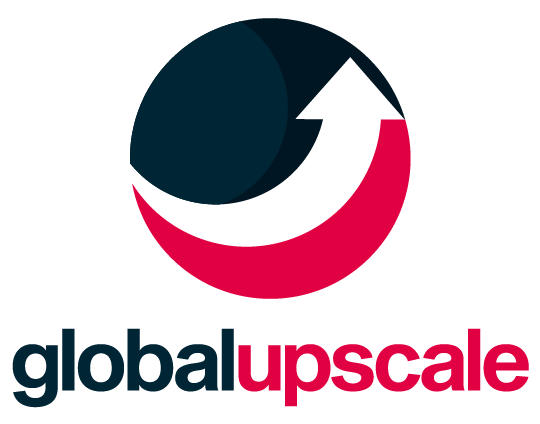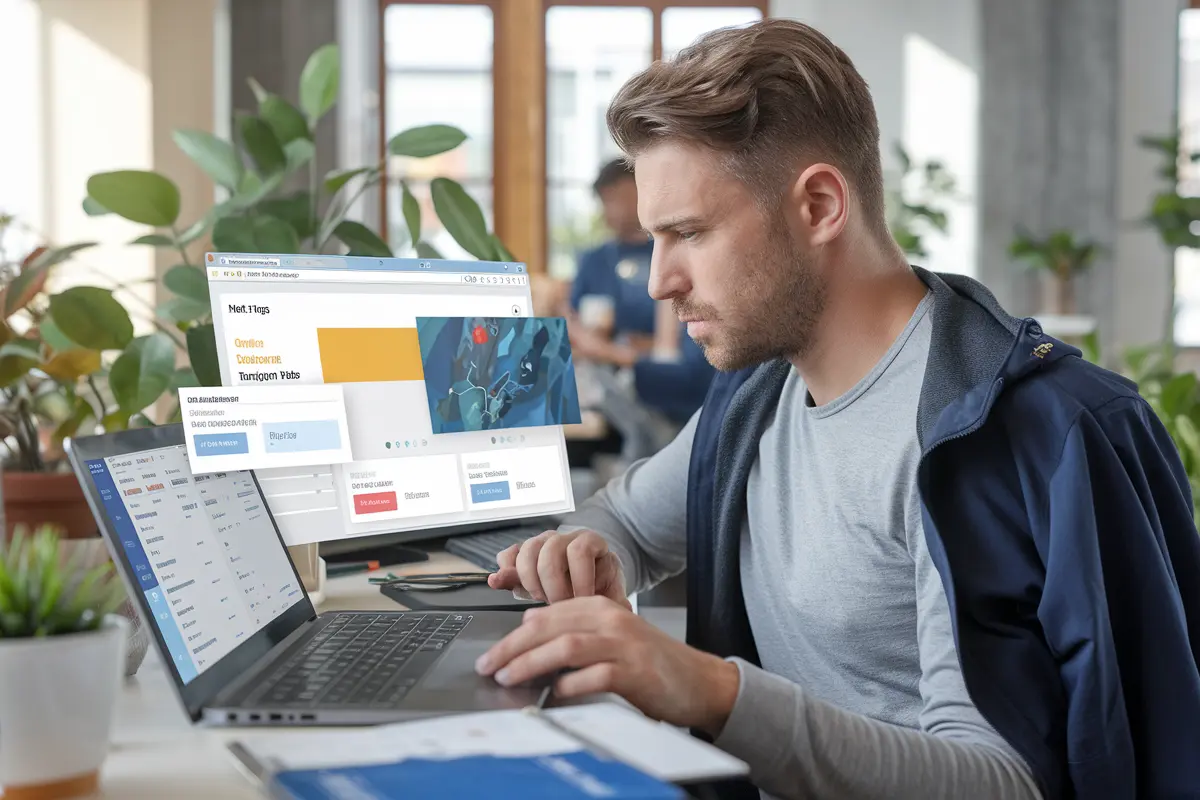On-page SEO has stayed fairly consistent over the years, but with advancements in natural language processing (NLP) and machine learning (ML), Google has a much better grasp of content and user intent. This shift has made on-page SEO even more powerful for driving organic traffic, even for newer websites with less authority.
Google isn’t just looking at keywords anymore. Its algorithms now evaluate whether your content is original, insightful, comprehensive, and written by experts. As a result, on-page SEO optimization requires more time and a stronger focus on creating quality content to rank well.
To achieve success, it’s essential to optimize key on-page elements effectively. Here’s how to make the biggest impact on your site’s rankings.
What is On-Page SEO? Why is On-Page SEO Important?
On-page SEO, or “onsite SEO,” is the process of optimizing the content of a web page to improve its visibility for both search engines and users. Some changes are visible on the page, while others happen in the background.
Think of on-page SEO as the friendly guide helping your website communicate with Google, using keywords as hints. But it’s more than just keyword placement—it’s about creating a welcoming, user-friendly experience.
Currently, optimizing for on-page SEO means focusing on the following.
- User experience
- Bounce rate and dwell time
- Search intent
- Page loading speed
- Clickthrough rate
- Desktop and mobile performance
On-page SEO is no longer just a checklist—it’s your key to standing out, making both Google and visitors say, “This is the one!” This helps attract more relevant traffic, and the more pages you optimize, the stronger your overall SEO performance becomes. Let us now look at the differences between On-page SEO and Off-page SEO.
On-page SEO vs Off-page SEO
| Aspect | On-page SEO | Off-page SEO |
| Definition | Optimizing elements on your website to improve rankings and user experience | Improving your website’s reputation and authority through external factors |
| Focus | Content, keywords, meta tags, internal links, and overall page experience | Backlinks, social media engagement, brand mentions, and external authority signals |
| Control | Entirely under your control, it can be implemented directly on your website | Mostly out of your control; relies on other websites, users, and platforms |
| Key Elements | Title tags, meta descriptions, headers (H1, H2, etc.) Keyword usage and placement URL structure and internal linking Optimizing images (alt text, file names) Content quality (original, relevant, and engaging) Mobile-friendliness and responsiveness Page load speed | Building quality backlinks from authoritative websites Social signals (shares, likes, mentions) Influencer marketing and brand mentions Guest posting and outreach Online reviews and ratings Directory listings and citations |
| Goal | Improve user experience, relevance, and search visibility | Build website authority, trust, and reputation to improve rankings |
| Time to Impact | Typically, faster, immediate changes to content and structure can result in quicker improvements | Slower to see results; it is dependent on external sites linking or mentioning your site |
| Ranking Factors | Content relevance and quality Keyword optimization User experience (UX) signals like bounce rate and dwell time. Core Web Vitals (page speed, interactivity, visual stability) Internal linking structure | Number and quality of backlinks Domain authority and trustworthiness Social engagement and shares Mentions by influencers, bloggers, or in online forums Referral traffic from other sites |
| Analytics | Easier to track with tools like Google Analytics and Search Console Can measure directly through impressions, clicks, and ranking changes | Challenging to track and measure directly Backlink analysis tools (e.g., Ahrefs, Moz) Social listening tools for brand mentions and reputation |
| Cost | Usually lower cost as it involves content creation, technical SEO, and optimization | It can be more expensive due to outreach campaigns, influencer partnerships, or paid guest posts |
| Examples | Updating meta tags and descriptions Optimizing content for target keywords Improving page load time and mobile responsiveness Adding alt text to images Creating internal links between related pages | Earning backlinks from high-authority websites Running a social media campaign to increase brand visibility Reaching out to bloggers for guest posts or collaborations Encouraging satisfied customers to leave online reviews |
Ready to Take Control of Your SEO?
Schedule a free discovery call.
The 11-point On-page SEO checklist
Keep in mind that Google ranks individual web pages, not entire websites. Therefore, on-page search engine optimization must be applied to each landing page you want to rank in search results. To achieve this, it’s essential to follow SEO best practices.
Here’s a bird’s eye view of your on-page SEO checklist to help you get started.
- Keyword research
- Content quality
- Keyword placement
- Images
- Title
- Headings
- Meta description
- URL
- Links
- Technical
- Content freshness
Keyword Research
Start with thorough keyword research to determine what terms you want to target. This is the foundation of your SEO strategy. Use tools to identify keywords with decent search volume and low competition. Aim for one primary keyword or theme per page to avoid competition among your own content. Always check the intent behind your chosen keywords to ensure your content aligns with what users are searching for.
- Content Quality
Google values content that is original and valuable. Avoid thin content, which includes anything inauthentic or lacking depth. Your content should be the following.
- Trustworthy: Ensure accuracy and deliver on your headline’s promise.
- Useful: Answer user queries effectively.
- Actionable: Provide clear steps alongside informative content.
- Readable: Structure content with headers and visual elements for easy scanning.
- Adequate Length: Aim for at least 1,500 words, as longer content performs better.
- Free of Fluff: Keep it concise and meaningful.
- Keyword Placement
Place your primary keyword naturally throughout your content. Some key areas for placement include the following.
- Page title
- Title tag (in SERP)
- First 100 words
- Headings (preferably in at least two H2s)
- Meta description
- Image alt text and file names
- Images
Images improve engagement but also require optimization such as the following.
- Optimize for Speed: Resize and compress images for faster loading.
- Add Alt Text: Use descriptive alt text to explain what the image is about, including the target keyword.
- Convey Value: Ensure images support your content and are not just decorative.
- Optimize File Names: Use descriptive filenames that include your keyword.
- Title Tags and H1 Tags
Two essential titles must not be compromised.
- Title Tag: The SEO title that appears in search results. Keep it under 60 characters and include your keyword.
- H1 Tag: The title is visible on the page, which can be more descriptive. It should also include your keyword.
- Headings
Use heading tags to structure your content.
- H1: Main title (only one per page).
- H2: Main sections (use at least two with keywords).
- H3-H6: Subsections (use as needed).
Headings help users and search engines understand your content’s hierarchy and relevance.
- Meta Description
Create an engaging meta description (155-160 characters) summarizing your page and encouraging clicks. Include your target keyword and make it actionable.
- URL Structure
Edit URLs to include your target keyword, using dashes instead of spaces, and keep them concise.
- Links
Include both internal and external links.
- External Links: Link to high-authority sites to build trust.
- Internal Links: Connect to other pages on your site to improve navigation.
Use specific anchor text that relates to the content of the linked page.
- Technical Optimizations
The page must be mobile-friendly, crawlable, and fast-loading. Check for any indexing issues and include social share buttons to promote engagement. Page speed is a crucial ranking factor; large images are just one reason a page may load slowly. Use PageSpeed Insights to analyze your page speed and identify performance issues.
- Content Freshness
Periodically update your content to maintain its relevance. Refresh information, add links, fix broken links, replace old images, and check that keyword intent hasn’t changed.
How Global Upscale Can Help with Your On-Page SEO Optimization
Our SEO plan focuses on boosting your site’s visibility and rankings on Google. We start with a thorough SEO audit to spot areas for improvement and growth. Then, we use on-page and off-page SEO techniques to enhance your content. If needed, we’ll set up and optimize your Google My Business (GMB) page to ensure your business appears at the top of local searches.
We improve your site’s on-page SEO by adding keyword-rich descriptions and using essential web tools. We also use GMB features like posts and Q&A to strengthen your online presence. Additionally, we work on improving your site’s authority and securing high-quality backlinks to drive more traffic.
Our work doesn’t stop after setup. We continually optimize your GMB page to boost visibility. You’ll receive detailed monthly reports on key metrics like profile views, search queries, and customer actions to keep you updated on your site’s performance.
So what are you waiting for? Schedule a free discovery call today and discover how we engineer SEO success.



